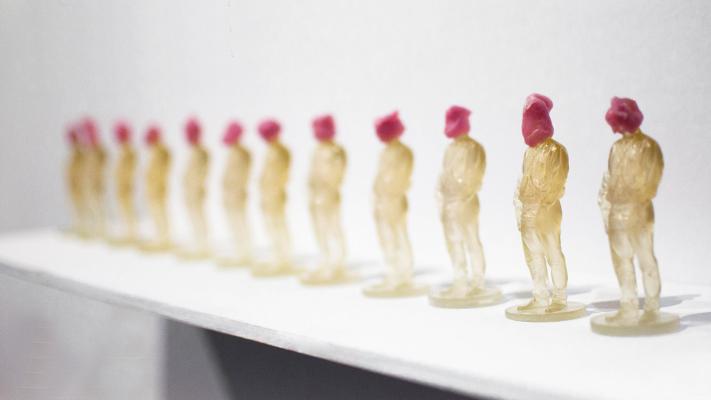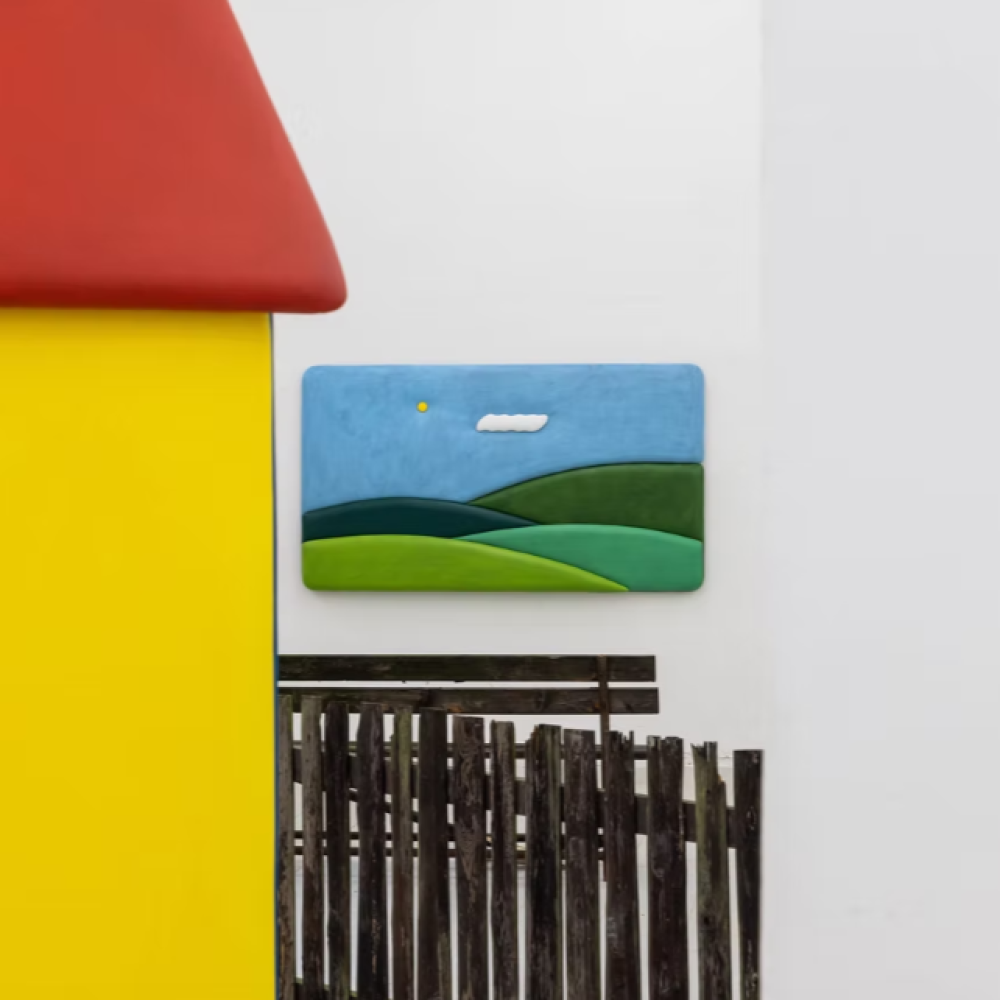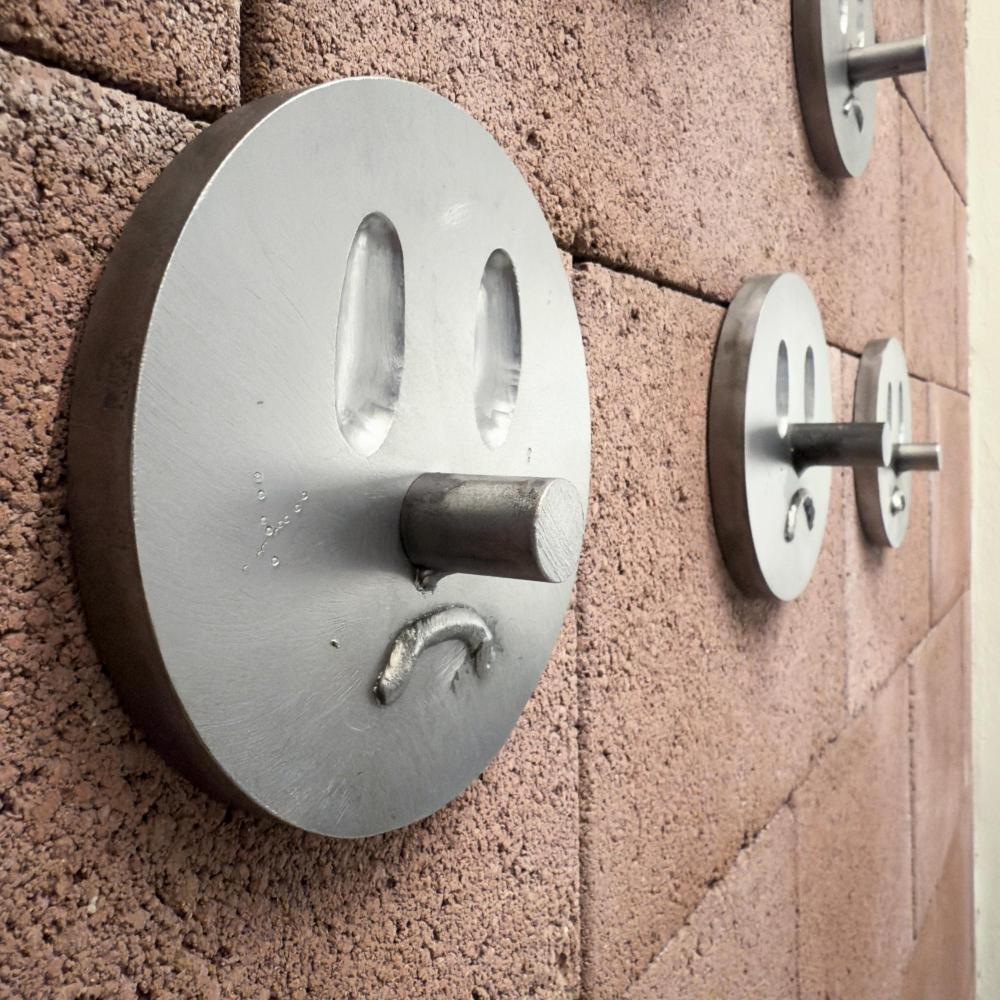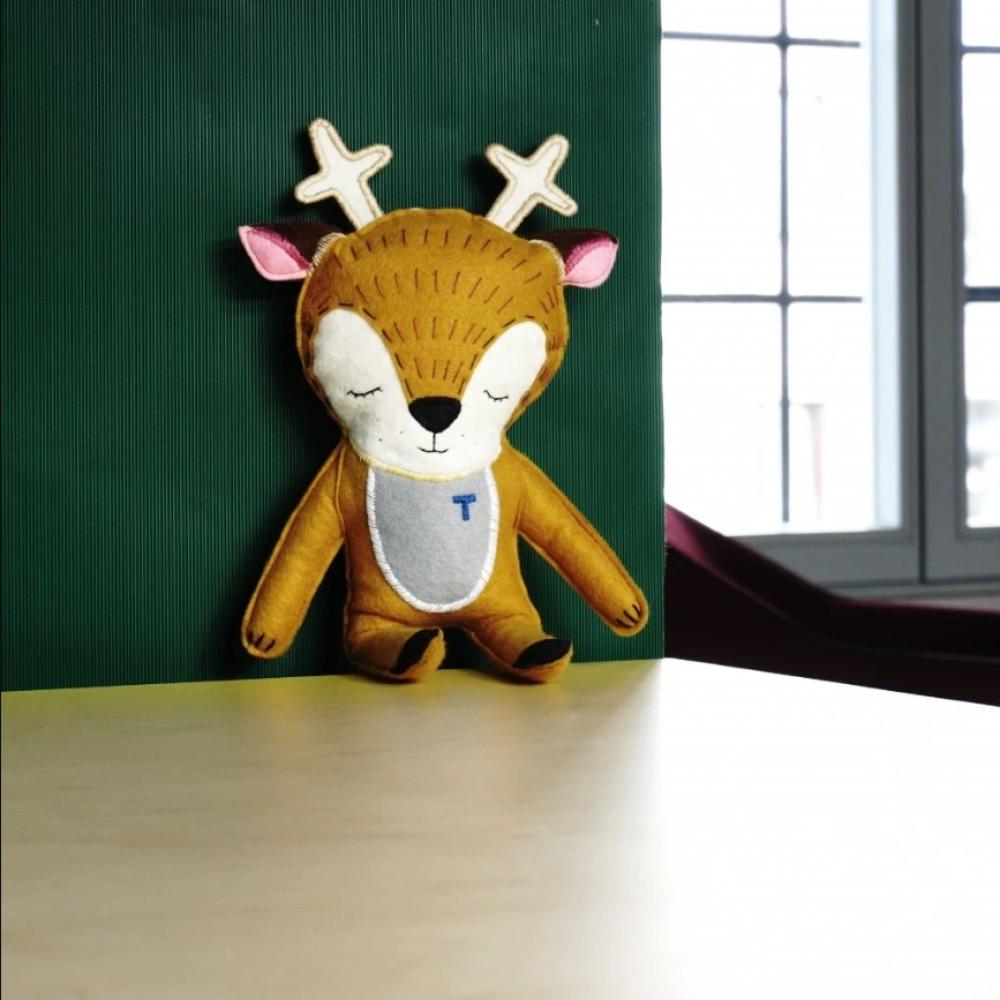
Marek Galbavý is a contemporary Slovak sculptor and visual artist. He is currently an assistant professor at the Department of Sculpture and Spatial Design in the Studio of Sculpture and Applied Media at the Academy of Arts in Banská Bystrica. Galbavý completed both his master's and doctoral studies there. During his studies, he participated in several international stays - among others at the Tomas Bata University in Zlín, specifically at the Institute of Visual Design and 3D Design. His work focuses on the presentation of an object - whether it is a digital object or not. His work is very much about social issues and global issues. Marek Galbavý will be part of the traditional Telegraph Artists Presentation program in August. On that occasion we have prepared some questions for him about his artistic work.
I'd like to start broadly with the question that introduces almost every interview with artists - how did you get into art?
Well I guess it was through craft. I finished high school as a plasterer, which was sort of my first exposure to visual art and general training in working with clay, plaster and various spatial technologies.
Why sculpture? What do you consider to be the specificity of the medium of sculpture?
A complicated question. I like to work with different materials and different technologies. It is spatial or sculptural technologies that offer me the creative variety of mixing and working with both immaterial (VR) and material space.
Personally, I am interested in digital creation, so I would like to ask you about your stay at Tomas Bata University in Zlín, where you studied 3D design. How did you come up with the choice of this studio? And what influence did it have on you?
During my internship I wanted to confront the work of designers who also work with matter and space, and to improve my digital skills. After finishing, I became convinced that it wasn't for me, I also stopped 3D graphics and digital in general for a few years. I see this moment as an accelerator for my free creation. During that period I had the opportunity to exhibit at the Regional Gallery of Fine Arts in Zlín and at the Emil Filla Gallery in Ústí nad Labem, and I devoted myself fully to free art. Gradually, however, I came back to it as a 3D graphics teacher and I try to mix the knowledge in my own projects.
If we focus on specific realizations, I have to ask about your installation Virtual Stain/Virtual Stain at the festival Světlo Valmez in 2022. Can you explain what kind of event it was?
It was a site-specific object floating on water. Its morphology was based on a polygonal structure, which is a basic building block for modelling the construction of 3D virtual objects. It was a kinetic circular object with a diameter of 3.5m floating on the river Bečva. It referred to the chemical cyanide pollution of 2020.
Are you working or thinking about working with virtual or augmented reality? If so, do you think these technologies have a future in the art world?
Concepts like VR or even AR are quite complicated for me since my pedagogical work is directly related to these concepts. In my work I often use the principles of virtual reality, but not exactly in the commercial or established perception. It's about how the author works with these concepts. For me, even bureaucracy is in a way a virtual reality. That said, I as an author am not opposed to it, but it wants to grasp these concepts in different ways. So that there is another added value.
To focus also on your, let's say, more traditional work - most of your installations breathe existentialism to me. Do you think of your work as something to help address important social issues, or to draw attention to them in the slightest?
I think my work reflects and draws attention to the issues it addresses. It translates my opinion in a subjective way. The problems of humanity and society should be solved by people, and I guess art doesn't solve that for anyone.
Do you relate to some of the authors of the past? Personally, I can't help but see the influence - or influence - of Magdalena Abakanowicz in some of your works where you work with the human body.
I probably wouldn't call it relating, I've never had the potential to deal with human bodies in freelance work, I often work with readymade objects. There are artists whose work I enjoy. In terms of bridging digital and art, they include Federico Díaz, or Krištof Kintera, who works with found objects, or Ai Weiwei.
Some of your objects stand out especially because of the effect of light and shadow. Do you work with light as part of the artwork? Is the light pre-set, how it should work, what shadows it should create, or is it only part of the installation process and its possibilities?
Light is of course important, it can add dynamism to the artwork, movement, focus on the essence, it makes the shape visible and defines it and so on. In some cases I have also used projectors for lighting, using stereoscopic projections to complete the virtual space.
Author: Barbora Křížová / Telegraph Gallery







